Grave of Wilhelm Conrad Roentgen
Final resting place of the humble physicist who discovered X-rays, and made the invisible visible.
There are few discoveries that have affected modern medicine as much as the X-ray, a previously unknown electromagnetic wavelength range that was discovered more or less on accident, by Wilhelm Conrad Roentgen on November 8, 1895.
Roentgen was studying the conduction of electricity in gases at the Institute of Physics in Wuerzburg, Germany, where he worked as a professor. He was working with cathode tubes (which are similar to fluorescent light bulbs) and noticed when the tube was filled with a special gas if he passed a high electric voltage through it it produced a fluorescent glow that when shielded with a heavy black paper caused a screen several feet away to glow. He realized the fluorescence was caused by invisible rays originating from the tube: He had discovered a brand new type of electromagnetic radiation.
This new invisible light could penetrate through most substances, and in doing so would cast shadows of solid objects on a screen. The rays could even pass through human tissue, leaving the bones and metals visible on the film. Roentgen called the invisible radiation an “X” ray because of its unknown nature and continued to throughout his life, even though in the German language the rays were baptized “Roentgen-Strahlen” (Roentgen rays) against his will.
On November 22, 1895, the first X-ray images in history were taken. Roentgen photographed a hand skeleton with more than 20 minutes of fluoroscopy time. His first publication about those new rays appeared on December 28, 1895 for the Physical-Medical University of Wuerzburg, and the first lecture to the public was given the following year.
This presentation provided the impetus for evaluating the medical implication of the rays. In addition to X-raying various technical objects, Roentgen demonstrated an X-ray of part of his hand and his wife Bertha’s hand with a ring on it. It took only a few weeks until doctors near and far were replicating the experiment, understanding the special capabilities of these rays for medical examinations. Although the technical resources back than were extremely limited, they soon started to involve X-rays in their daily practice.
Roentgen wrote only three essays about his discovery before turning back to his earlier research themes; his special interest was studying the physical properties of crystals. He never patented his discovery and never made money from it. He just wanted X-rays to be available to mankind.
Nevertheless, on November 10, 1901 the Nobel Prize in Physics was awarded to Wilhelm Conrad Roentgen for his discovery. This was the first time a Nobel Prize in Physics was ever awarded. Roentgen rejected the invitation to the ceremony and donated the prize of 50,000 crowns to the University of Wuerzburg.
He died in Munich, Bavaria, Germany, on February 10, 1923. Per his wishes he was buried in the graveyard of his parents in Giessen, Hesse, Germany, where later his wife Bertha was also buried. In a final humbling act, on his tombstone his middle name was misspelled by the mason, written with a “K” instead of a “C.”
Know Before You Go
A nice highlight are the many fireflies swarming around the grave in May and June.

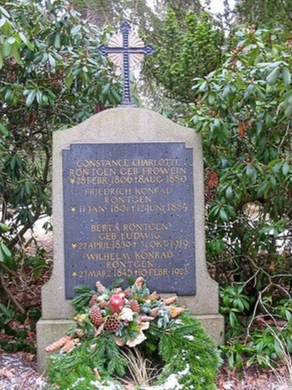


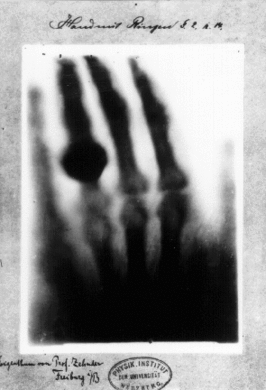
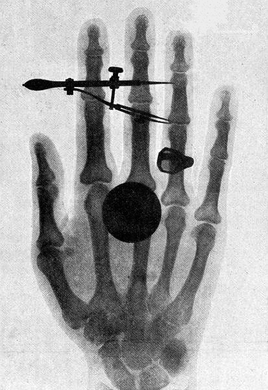











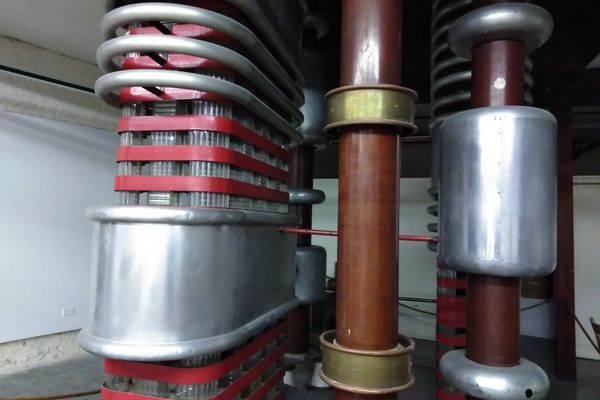
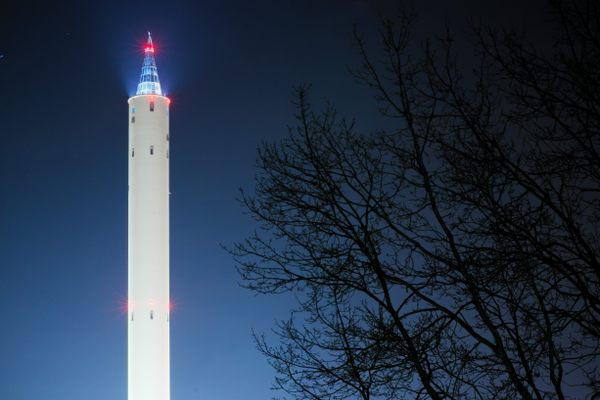
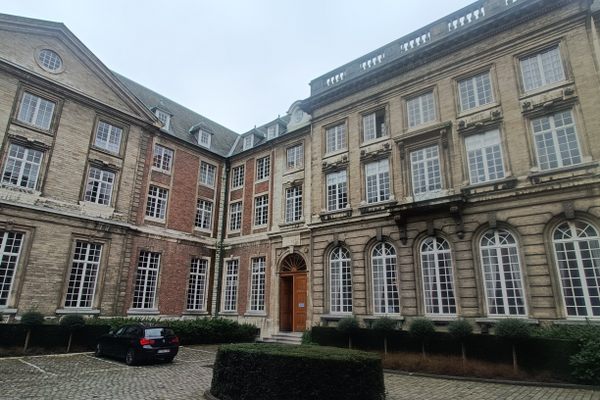

Follow us on Twitter to get the latest on the world's hidden wonders.
Like us on Facebook to get the latest on the world's hidden wonders.
Follow us on Twitter Like us on Facebook